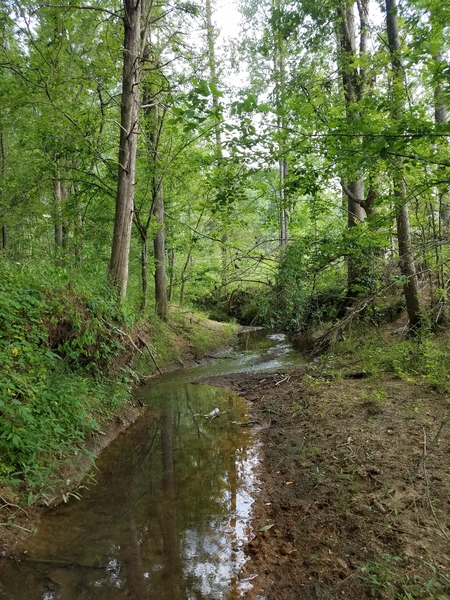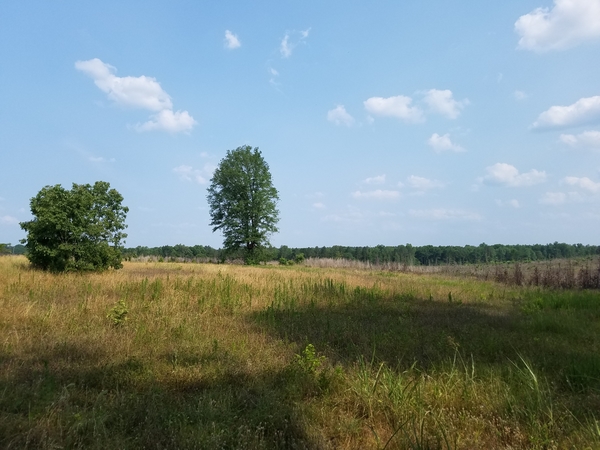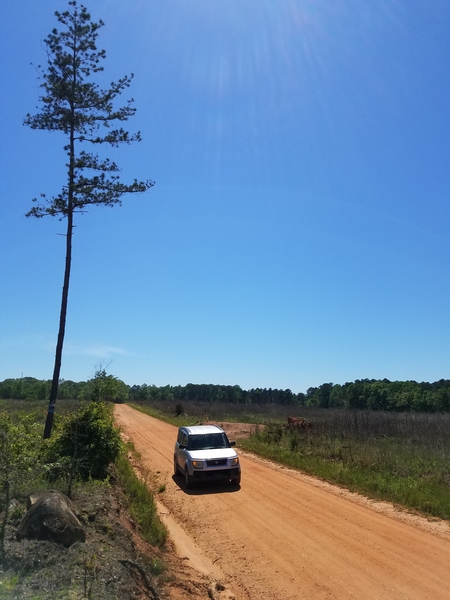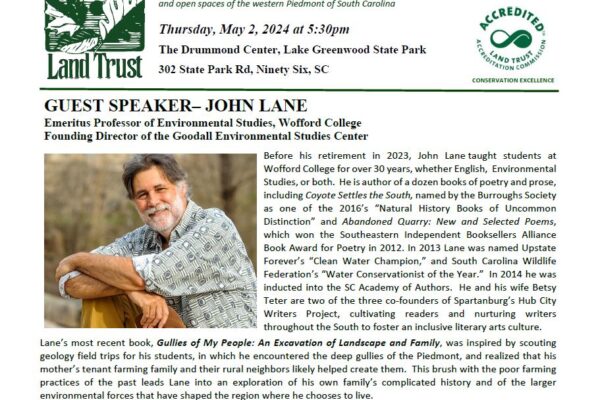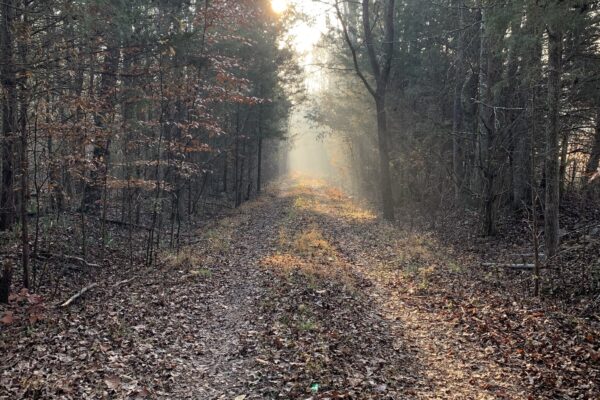We closed a nice conservation easement this week, 157 acres near the town of Ninety Six, planted with longleaf pine, bordered by a Saluda River tributary and an old sunken road. It was likely once scouted, hunted, farmed, traded upon, and fought over by both Cherokees and colonial settlers (who also fought among themselves), on the frontier. It’s a place along a dirt road, like much of rural South Carolina, that still feels a bit like the frontier. It’s future will be one of many possible outcome, whether farm or forest, wild or cultivated, but thanks to our conservation easement it will never be paved, mined, urbanized, commercialized, or industrialized. It is private land, and will likely remain so, but it will also remain rural, and will help hold the rest of the world together. Of course, that’s asking quite a lot of just 157 acres, but with this particular patch of land, the total acreage of conservation easements held by the Upper Savannah Land Trust in South Carolina now exceeds 50,000 acres. That is a staggeringly large number for a small-town land trust with a dedicated staff of half a person! That number was accumulated over almost twenty years of hard work, most of it volunteer work. We can be proud of that number.
But 50,000 is also a small number, and not a place to stop. According to land-use data collected by the Natural Resources Conservation Service, 50,000 acres was about the average amount of rural land lost to urban or suburban development in South Carolina EVERY YEAR over the 20 year period between 1992 and 2012. Across the entire southeastern Piedmont, researchers at NC State University have projected that historic rates of land lost to urban or suburban development will triple over the next 50 years, based on population growth, highway density, and historical spatial patterns of development. At that rate, protecting 50,000 acres every 20 years will not be nearly enough to hold our natural world together. So please join me in supporting private land conservation, whether by donating a conservation easement on your own land, donating badly needed funds to help us operate, or donating your own time and effort to our cause. We can celebrate this 50,000-acre milestone, and then get back to work and protect 50,000 more.

